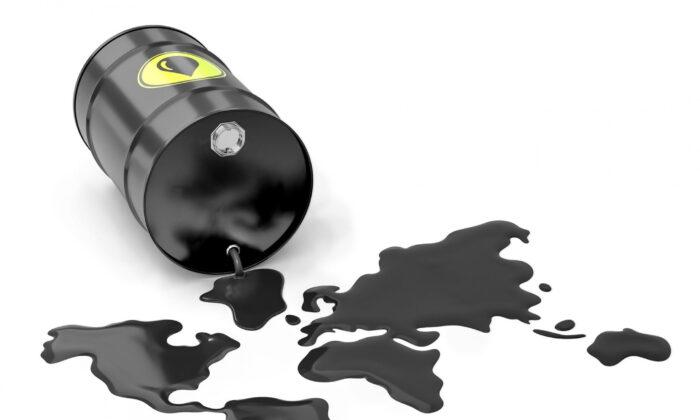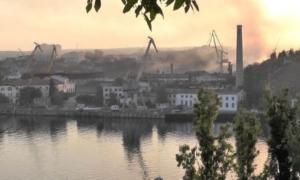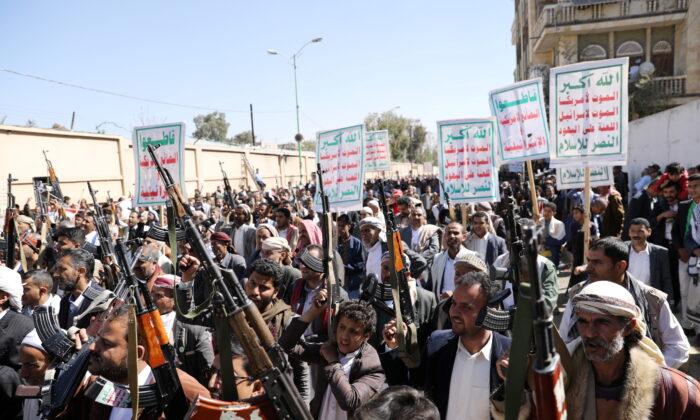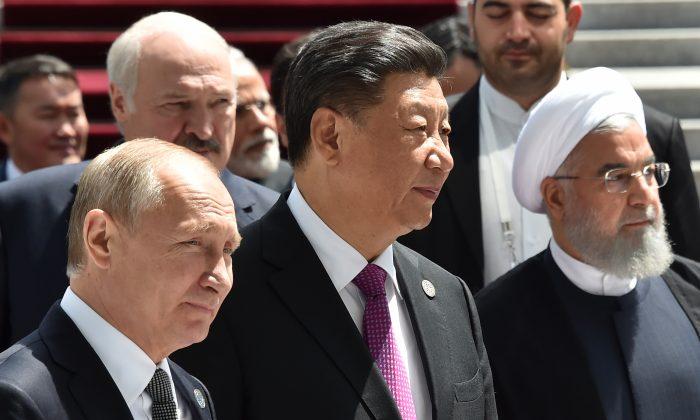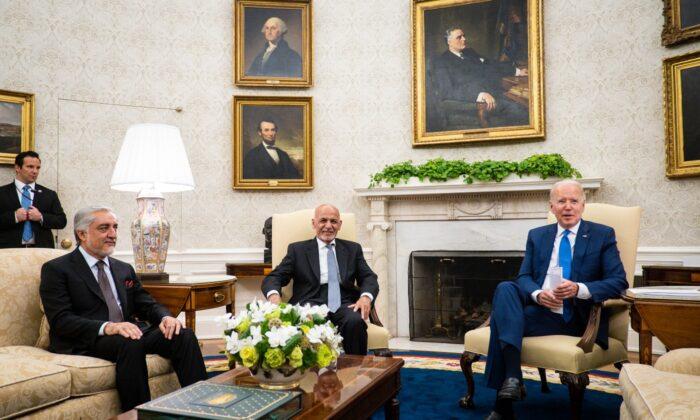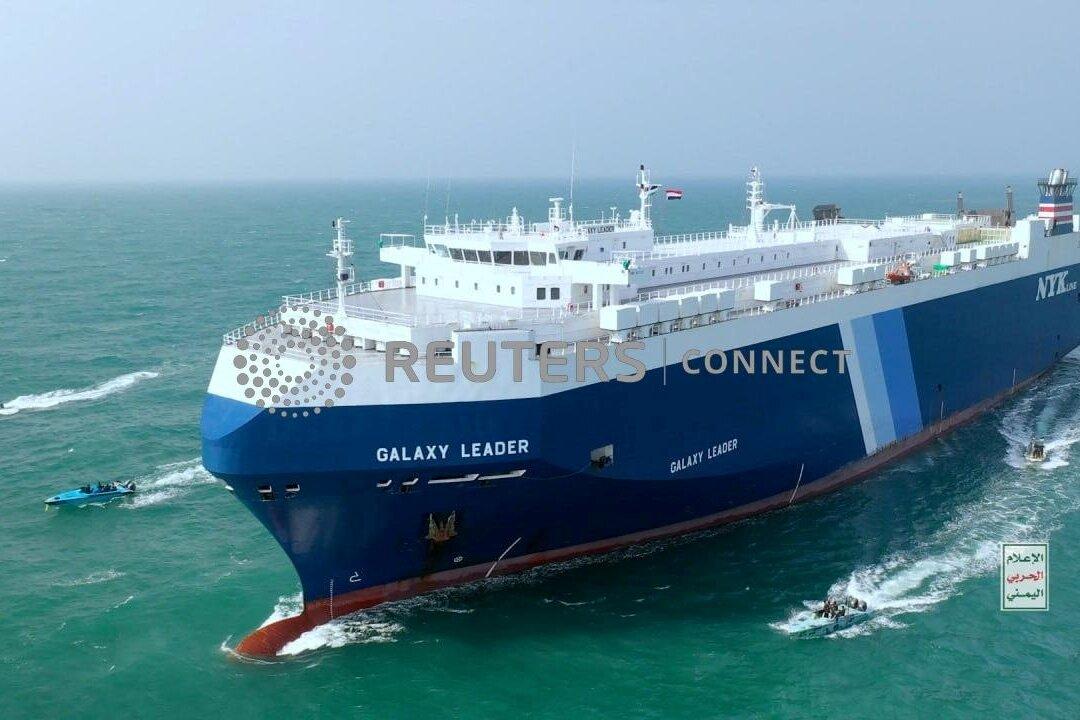Vladimir Putin’s war on Ukraine is a desperate bid to assemble a 21st-century Russian Empire. It is also an oil war—or more accurately, a war to steal Ukraine’s energy reserves.
The czarist and Soviet communist Russian empires were largely self-sufficient entities possessing the resources and millions of people required to field powerful military forces. However, when the USSR collapsed, the Kremlin’s empire lost about half of its population and significant food and energy resources.
Russia, Ukraine, Belarus, and Kazakhstan (RUBK is my acronym) has the geostrategic resources to secure global Great Power status. I think that geopolitical configuration has been Putin’s goal since 2004.
Russia and Kazakhstan are energy powers. Ukraine, however, is the key RUBK puzzle piece: a Slavic population, world-class food production (especially grains) and, yes, energy resources, as in coal, oil, and natural gas.
Think back three decades. Recall the anti-American critics who claimed combating Iraqi dictator Saddam Hussein’s invasion of Kuwait was imperialist propaganda camouflage for seizing oil fields on behalf of Western oil companies? Blood for oil. Wailing crackpots made that indictment until, oh, 2009, when Barack Obama became president.
In 2023 Iraq’s government once again controls its oil and gas fields.
Yet Putin’s Kremlin escapes criticism for waging war to steal resources.
Facts say Putin is guilty of the charge. Ukraine has the world’s sixth largest hard coal reserves. In the West radical climatistas damn the use of coal—coal kills Mother Earth. A check of accurate coal utilization and pollution statistics shows tyrannical Russia and China burn coal by the polluting tons and jail critics. One wonders if they don’t fund the climatistas.
As for Ukraine: Ukraine’s most significant coal reserves are in the Donbas region (Donetsk Coal Basin). That’s eastern Ukraine—which Russia claims as ethnic Russian territory and now bitterly defends.
Will climate radicals accuse Russia of spilling blood for coal? We know they won’t. But right now, Russia spills blood defending the coal fields its invading forces seized.
Blood for oil: Ukraine has oil and gas reserves in the Dnieper-Donetsk Basin. Indeed, these Russian occupied zones are valuable energy real estate.
Ukraine has offshore Black Sea oil and gas production and the offshore fields may be quite large. One estimate from five years ago said the Ukrainian Black Sea shelf may contain over two trillion cubic meters of natural gas.
However, about 65 percent of the Ukraine’s gas fields in its Black Sea Exclusive Economic Zone (EEZ) lies off the Crimean coast.
Blood for gas: The Kremlin invaded Crimea and illegally annexed it in 2014.
Worldwide, numerous diplomats and elite commentators argue that in order to obtain a peace agreement Ukraine should let Russian keep Crimea.
That simplistic peace formula fails to address the resource theft component of Putin’s war.
If recent reports of Ukrainian Black Sea operations are accurate, in August and September 2023 Ukraine began operations to contest Russia’s illegal occupation of its Black Sea EEZ.
Several media sources reported Ukrainian special forces have recaptured at least four offshore Black Sea oil and gas platforms seized by Russia. The most interesting reports came from the Offshore Oil and Gas magazine and OGV Energy website (a British energy news site).
Ukrainian forces in a series of small special forces actions seized several offshore platforms. Two were in a field 70 kilometers south of the port of Odessa—the Petro Godovalets (aka B312) and Ukraine (B319). Two others, the Tavrida, and Syvash drilling platforms, were apparently anchored closer to the Crimean coast.
Russia had equipped all four platforms with helipads, radars and electronic reconnaissance equipment. No, they aren’t drilling or producing, but Russia can no longer use them. They have become forward operations bases for Ukraine—perhaps for drone boat attacks on Sevastopol.
The Ukrainian offshore attacks impress me as being very similar to March 2003 operations conducted by U.S. Navy SEALS when they seized Iraq’s Al Basrah Oil Terminal’s (ABOT) and Khawr Al Amaya Oil Terminal (KAAOT) oil terminals in the northern Persian Gulf.
I visited ABOT in 2005. The bullet holes and shrapnel scars on its mazelike metal catwalks gave the terminal a post-apocalyptic feel.
